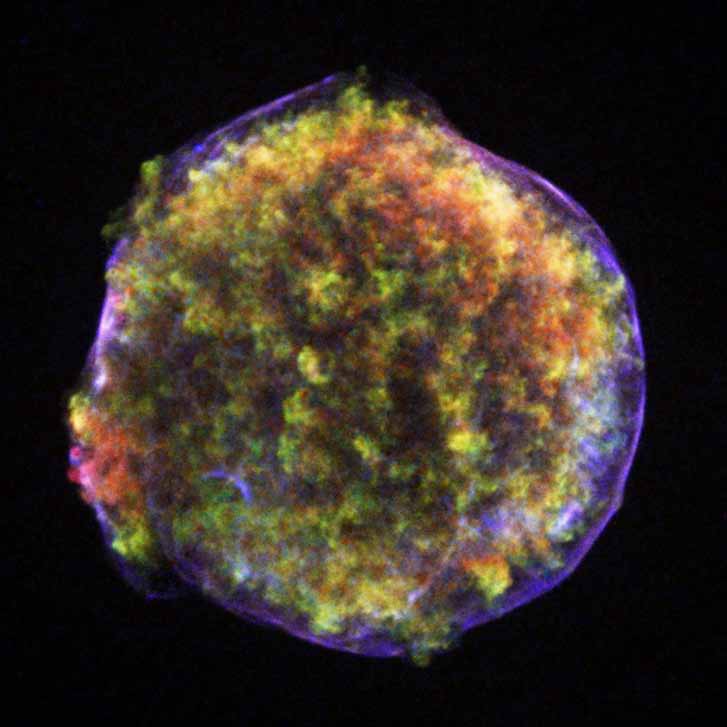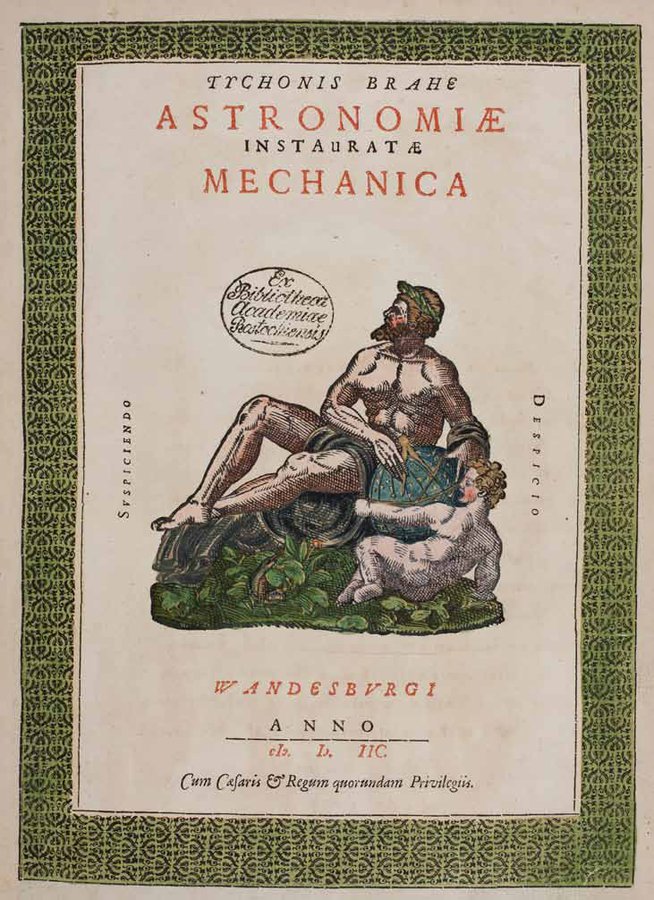The legacy of Tycho Brahe
The observer

The observations of the supernova in 1572 and of the comet 1577/1578 were groundbreaking discoveries that have impacted on our view on space and stars ever since. His particularly accurate measurements and observations serve as the basis for the following generations of scientists. It is to be assumed that the Brahe understood the truth of the heliocentric world model, but did not adapt it in fear of repression. Thus, he tried to interlink both points of view via his planetary system.
The Stella nova he discovered in 1572 and located in the sphere of the formerly unchangeable space outside the planetary system is known as supernova today. The name nova was adopted from Brahe’s original term. The supernova discovered by Brahe is called SN 1572 today.
Furthermore, Tycho Brahe created an essential condition for explaining the once so mysterious phenomenon of comets. He found out that these are celestial bodies which can be further away from the earth than the planet Saturn.
It was only in 1681 that the clergy and astronomer from Plauen, Georg Samuel Dörffel (1643-1688), discovered that comets also have their orbit’s focal pointi n the centre of the sun. Accordingly, cometary orbits are predictable. Only ten years later, Isaac Newton (1643-1727) completed this chapter of astronomy history with the exact mathematic basis, taking the law of gravity into account.
The data collector
The data collections Tycho Brahe left for posterity searches its equals in astronomy history. The groundbreaking discoveries Johannes Kepler made after his master’s death would not have been possible without Brahe’s recordings. With his striving for more and more accurate measurements, he is regarded as the founder of methodology in modern sciences.
Brahe and Kepler – Symbiosis in Science
The interaction of Brahe and Kepler, their work and discoveries, can be considered as a milestone of science. The interaction of skills of the outstanding observer on the one side and of the flexible theorist on the other side led to major achievements in astronomy.
The inventor

Already at an early stage, Brahe had to build the instruments for observing celestial movements himself. He equipped his observatories Uraniborg and Stjerneborg with own instruments and observation tools which he adapted to the special conditions on the Isle of Hven.
The Lunar Crater
In honour of Tycho Brahe, Giovanni Battista Riccioli named one of the most important craters on the moon side facing the earth after him. Its diameter amounts to 85 kilometres and it is amazing 4,850 metres deep, measured form the edge of the creater. A central mountain with a height of at least 1,600 metres rises in the crater centre. Tycho is the origin of the moon’s most extensive and brightest ray system. The landing site of the 1972 Apollo 17 mission, the last manned flight to the moon, is located in one of these rays.
